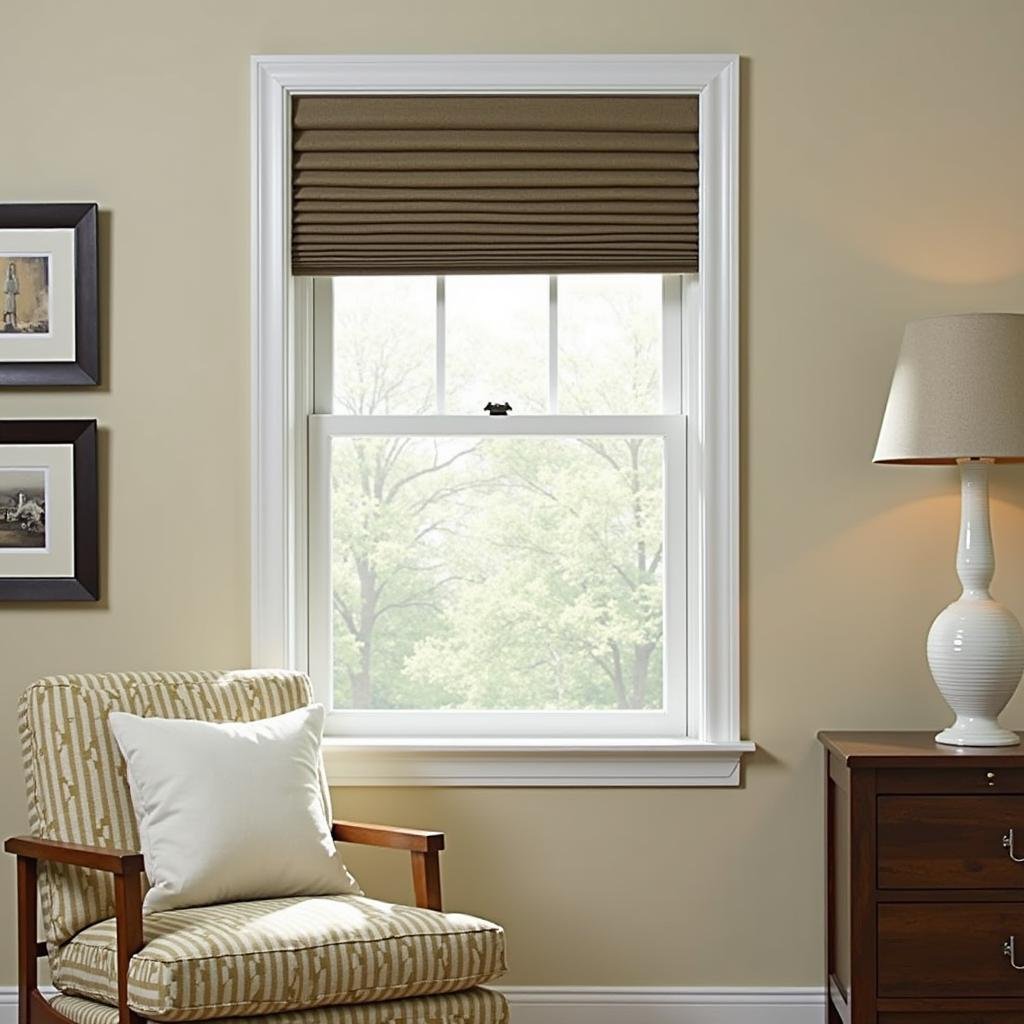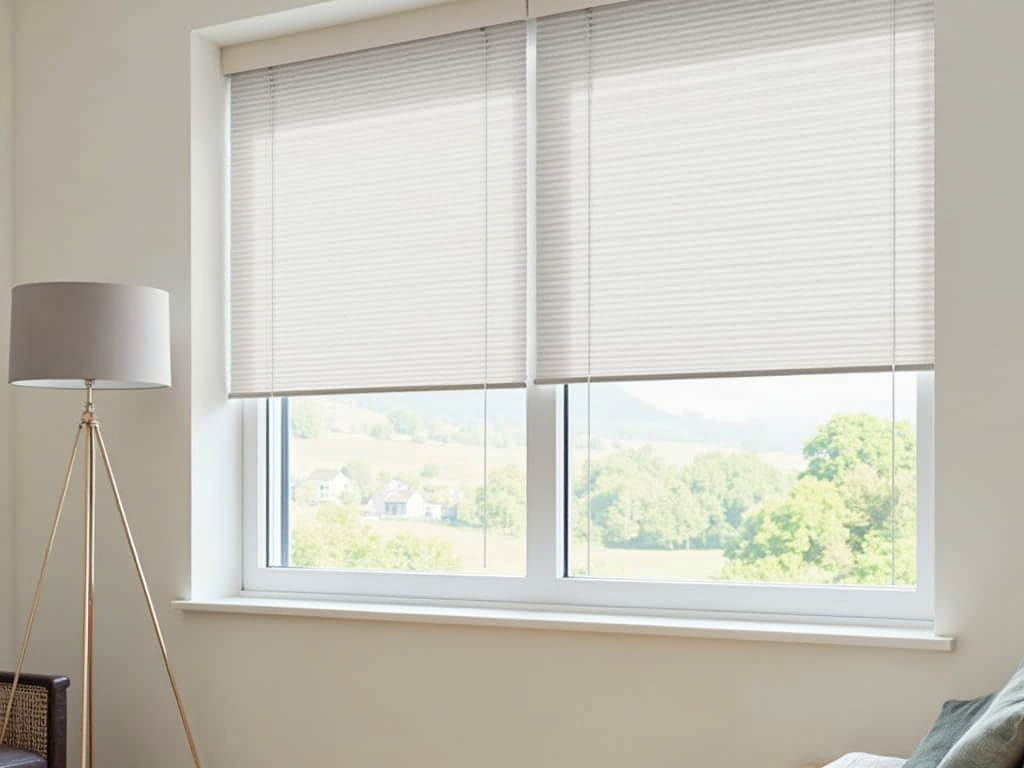
Key Takeaways
- The global window coverings market is projected to reach USD 40.68 billion by 2037
- Blinds dominate market preferences with 62% of total installations
- Smart home integration is transforming window treatment technologies
- Window coverings serve multiple functional and aesthetic purposes
- Regional markets show diverse adoption patterns for window treatments
Market Overview and Consumer Trends
The window-covering industry is experiencing remarkable growth, with a projected compound annual growth rate of 4.6% between 2025 and 2037. Consumers increasingly recognize window treatments as more than simple decorative elements, viewing them as critical home design components.
When exploring window-covering preferences, research indicates clear market segmentation. Blinds remain the most popular choice, representing 62% of total installations. Specifically, vinyl and metal horizontal blinds capture 27% of the market share, demonstrating their widespread appeal.
Regional Market Dynamics
Different regions exhibit unique windows covering adoption patterns. The Asia Pacific market is anticipated to become the largest global segment by 2037, driven by significant urban population growth. North America shows the highest market expansion rate, with approximately 40 million smart homes embracing advanced window treatment technologies.
Functional Benefits and Design Considerations
Window coverings serve multiple practical purposes beyond aesthetic appeal. They provide:
- Enhanced privacy protection
- Improved air filtration
- Effective sun protection
- Energy efficiency
Notably, blackout curtains can reduce thermal energy loss by 10-24 percent, making them an attractive option for energy-conscious homeowners.
Usage Patterns and Consumer Behavior
Interestingly, research reveals fascinating insights into daily window covering usage. Approximately 50% of window coverings remain constantly closed, with 75-84% unchanged throughout the day. Southern climate zones demonstrate higher closure rates, indicating regional variations in usage patterns.
Future Outlook and Technology Integration
The future of window coverings lies in smart home automation. Consumers increasingly seek technology-integrated solutions that offer convenience, energy efficiency, and seamless design integration. Emerging innovations promise to transform how we interact with and perceive window treatments.

Sources:
Research Nester
SKQ Group
U.S. Department of Energy


